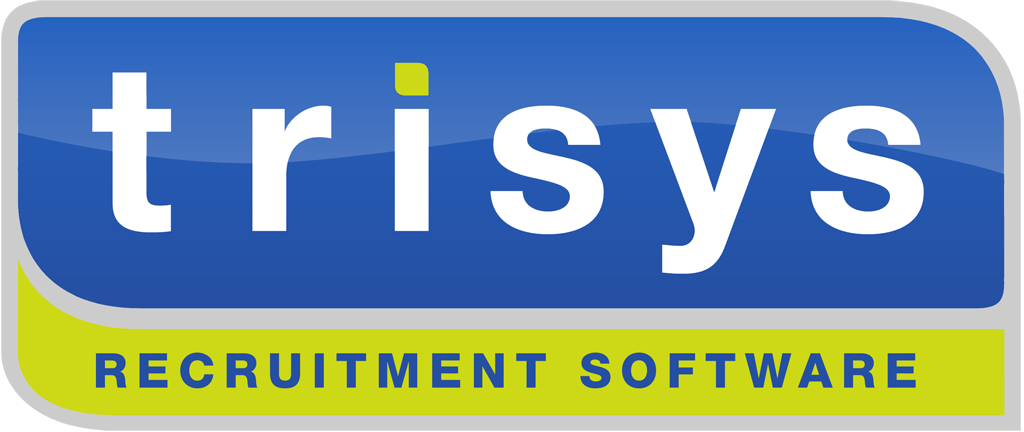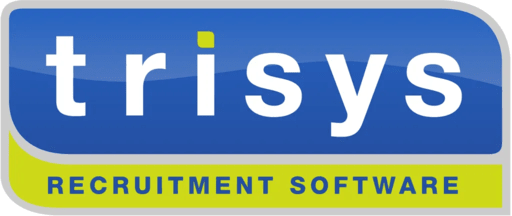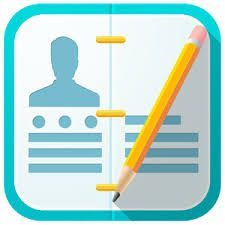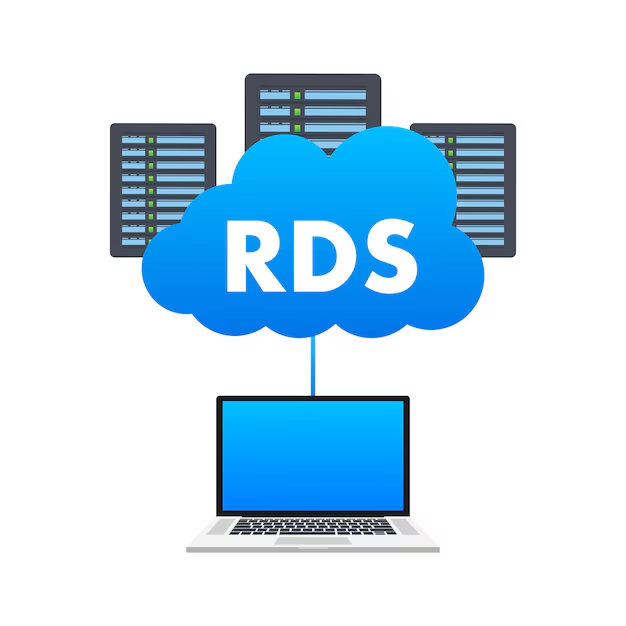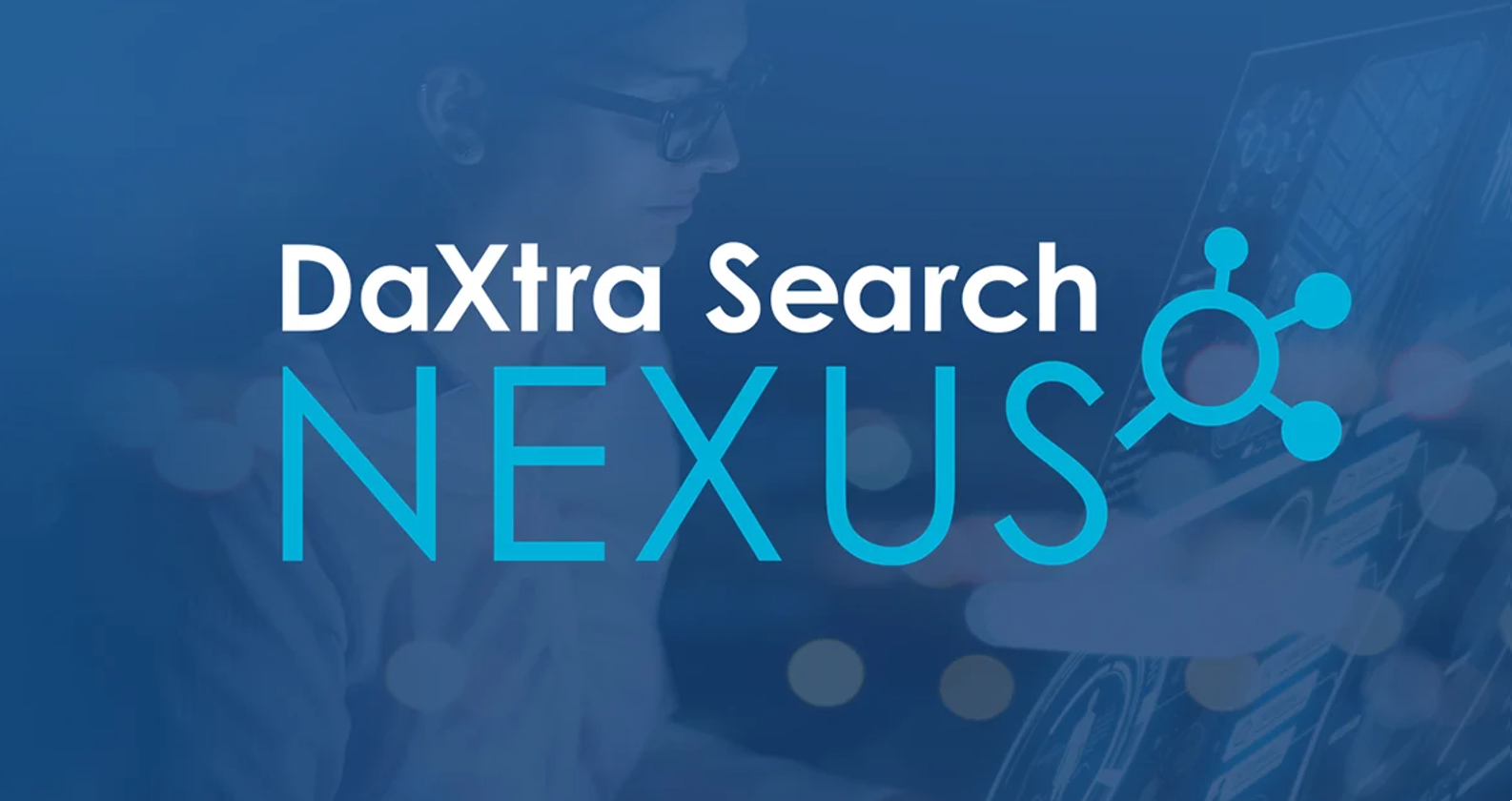Five top reasons why online software is beneficial for start-up companies
Chris French • 5 April 2012
Five top reasons why online software is beneficial for start-up companies
When starting any new business no matter the industry or sector the start-up costs are key to everyone, this includes cost of IT hardware, software applications and accessibility of the information you use daily, and all this represents a financial hurdle for start-up’s or even established companies looking to move away from their current IT solutions.
If you’re a solo person company or multi-site/multi-lingual company you need a solution that will fit your existing needs along with allowing growth to be painless, especially on your pocket!
Using an online also known as ‘Cloud Computing’ business software you have the freedom of knowing your data is accessible no matter where you are. This ‘Cloud’ solution is in essence classed as a subscription based service, usually on a per user per month model. This could range from Hosted E-Mail Systems all the way to bespoke business software solutions, traditionally called Software as a Service (SaaS).
For a business application such as TriSys Starter Edition aimed at new start up recruitment agencies you’re investing in £50 per user per month. At this cost for a 1 user system it allows access to Candidates, Clients, Vacancies, Diary and additional workflow process at the fraction of the cost of traditional locally installed application. Locally installed application would require additional investment on IT Hardware/Software/Resource etc.. to manage; this is a cost a new start up wants to avoid.
Why go Online for your software you ask…
1. You don’t need to invest heavily in IT hardware/software
Cloud-based applications allow you to control your spend, there is no need to invest in costly IT hardware or worry about application upgrades as new versions are released, as these are included in the subscription model you choose. TriSys’ online solutions vary from £50 per user per month based for a Starter Edition; all the way to a full blown bespoke enterprise solution that will costs as low as £100 per user per month. The subscription based models can vary from just a simple application that works with the software on your machine or a fully hosted desktop solution that includes all the applications used on a daily basis.
2. Usability and accessible anywhere
Storing business information online is as easy as saving it to your computer hard drive. The difference is that it can’t be “lost”. Online services constantly back up and your information on resilient backups along with disaster recovery locations. These fundamental points allow anyone to have a peace of mind that the data is stored safely ‘Online’ and secure, rather than worrying about your data if your computer/tablet is stolen or catastrophic IT system failure.
All your business data would be stored and accessible no matter where you are or what device you’re utilising. It’s your data and it should be available when you need it ‘On Demand’!!
3. Working with other people – no matter where they are
‘Cloud’ systems in general allow you to work with your team internally or externally, sharing information no matter where they are or at what time they are working.
Being able to access your data and provide your team with the same information is a must to any business, traditionally if you worked in a different location or was on the road accessing your data couldn’t be any easier with a ‘Cloud’ solution. TriSys’ application allow your colleagues to be anywhere and have the ability to access the information they need, there and then rather than worrying if it was printed, e-mailed or faxed through.
4. All your information… All the time!
Your information/data is very important to all businesses, if you can’t access it when it’s really required it puts a halt on your processes! If the data is ‘Cloud’ based this solution will let you progress without any downtime, this is key for those important meetings!
All the information/data will be stored securely online, people within the organise will have different permissions allowing them to have more or less access to your data, if you have a new employee you can set them up to have very limited access, however Managers and Senior level personnel would have enhanced access/usability of the online system. These security/functional features would be setup but the ‘Cloud’ provider and thus allowing you to have confidence once its setup it will ‘just work’, if changes are made based on those features the usual turnaround is minutes rather than hours/day when you may need to ask your IT Resource to make the changes.
As internet access is available on all mobile devices such as Tables/Laptops/Smartphones you would expect to have similar functionality that you have while at your desk. When you access your data via any of these devices you know straight away its’ real-time and up-to-date!
5. As you grow, it grows
“Pay-as-you-go” cloud services are great for businesses that are keen on growing, with the PAYG service you’re only tied into a 28 day contract as you are only paying for the service period. If you decide to add more people or functionality the costs scale. You may have some people on the limited access version and others on the feature rich enhanced solution. These solutions really work with you in growth phases. With this in mind you will see the total cost up front rather than thinking about the additional over heads that you’ve done in the past.
The subscriptions are always very clear with the ‘Cloud’ products you choose, as easy to say “What you see in what you get”. Online solutions in general are very transplant with costs. If there are additional feature that are required they could be service driven that requires human input or automated solutions that requires additional setups. Either way the prices are always clearly shown. If in doubt always ask!
You’re in control….
Cloud solutions allow you to control the spend on all aspects of your business, as mentioned above e-mail is key to any business – if you’re down for 1 hour you have lost business, however investing in a great e-mail provider such as Google Business Apps or Microsoft Hosted Exchange you know they are HUGE players in the market they have full resilience and backup in case anything does go wrong. Database, Applications and a plethora of other online solutions are available and can be purchased and setup within minutes! As you can see what you’re buying you can control the overall spend!! Adding services/features/users this can be done with a few changes to your subscription and in minutes too.
TriSys Business Software have been offering ‘Cloud’ based solution for 10 years, from simple application access to full blown hosted desktop environment and applications as your fingertips. The ‘Cloud’ as a whole lets you grow your business as you see fit, not adding extra complexity or cost. Empower your colleagues today and invest in ‘Cloud’ solutions and allow your business to grow!

We are planning some very exciting innovations and enhancements to the products and services of TriSys Business Software in 2024: TriSys Apex 2024 Our cross-platform web browser recruitment CRM was released in 2014 and uses the TriSys cloud platform to process all its data and functionality. Customers with any type of computer, tablet or phone can access their recruitment data and conduct sophisticated workflows to drive their business forward, wherever they are and at any time. We plan a number of innovations this year, including the port of the temps booking sheet, and integration of AI. TriSys 2024 The latest version of our premiere windows desktop recruitment CRM is now available to all existing customers. This application was first released in 1992 and is a rock-solid enterprise grade recruitment business app. For customers on the 2023 version, the application will automatically upgrade. All new features will be documented in the coming months. Our SDK is still the only recruiting software toolkit for Microsoft .Net. TriSys for the Microsoft Store was delivered using Visual Studio 2022. Flexiva We have devised a concept we are calling Flexiva, hosted at flexiva.co.uk , which is a flexible visual app builder for enterprise cloud business software, utilising the new breed of no-code or low-code tools. Flexiva will be be a sophisticated app builder, initially housed within TriSys Apex , which will evolve to replace the existing Developer Studio , by providing higher level tools to allow business people, rather than programmers, to construct powerful line-of-business applications which connect to any ReST API. TriSys Cloud Platform Our cloud infrastructure platform was conceived and built in 2002. It has grown and matured to comprise literally hundreds of cloud servers distributed across the planet. Customers use our platform to store and process their large corporate data assets, via our software products and services. Expect more integration with world class web services, including artificial intelligence, through our Web API . Third Party Integrations The TriSys Recruitment Software Platform enables unlimited integration flexibility including standard and complex integrations across multiple popular third party industry suppliers enabling you to use TriSys as a process hub offering a single source of truth. We have recently built a sophisticated integration with Zapier , and this year we will fully integrate with additional best-of-breed third party business platforms including artificial intelligence (AI). TriSys Mobile Suite Recruiters can access their recruitment database from their tablet and phone by installing our app , however the mobile landscape is changing with a new class of 'app-builders' utilising low-code or no-code technologies. Due to the power and flexibility of the TriSys Web API, Recruitment agencies can cost-effectively commission their own dedicated and branded mobile app to engage with their clients and candidates. A new truly-native version of TriSys mobile will be released to the stores in Q1 2024. TriSys Web API Almost all our recent innovations centre around our web application programming interface which provides a fully secure set of programmable end-points not just into the TriSys Cloud Platform, but also to a host of third party global ecosystems, to provide customers with unlimited flexibility to deploy a range of sophisticated recruiting business benefits. Web API plans for 2024 are to add mobile app-specific functionality allowing the TriSys platform to reach a wider range of customers by utilising AI. TriSys Platformix Five years ago, we introduced a website builde r technology utilising a mix of cloud platforms, which we called Platformix . This is the successor to Web Jobs in that it is a full recruitment website content management system (CMS) with very tight integration with the TriSys recruiting database, plus state of the art blogging, SEO compliancy, and analytics. We will continue to invest in building TriSys Widgets to allow our customers to build high engagement web portals. We will also continue integration with Stripe to allow Gig-Economy services to be built for our customers. TriSys Open Source We now have full GitHub source code integration with all our software build tools, meaning that TriSys is now the only commercial recruitment software vendor to offer an open-source model. From 1st January 2024, existing customers are able to license TriSys' source code to build their own highly-specific recruitment CRM app for desktop, mobile and web. We are also planning to partner with other organisations to build complex line of business applications for all industries, based upon the thousands of man-years development and testing which has been invested in the TriSys Platform code base. TriSys Remote Desktop The original TriSys ASP was launched 22 years ago , and comprises a windows hosted desktop running on our cloud. Last year we launched a Windows 11 version with full compatibility with Microsoft Office 365 allowing customers to have full control over the apps they can install. This year we will continue to support all Microsoft supported versions of Windows.
